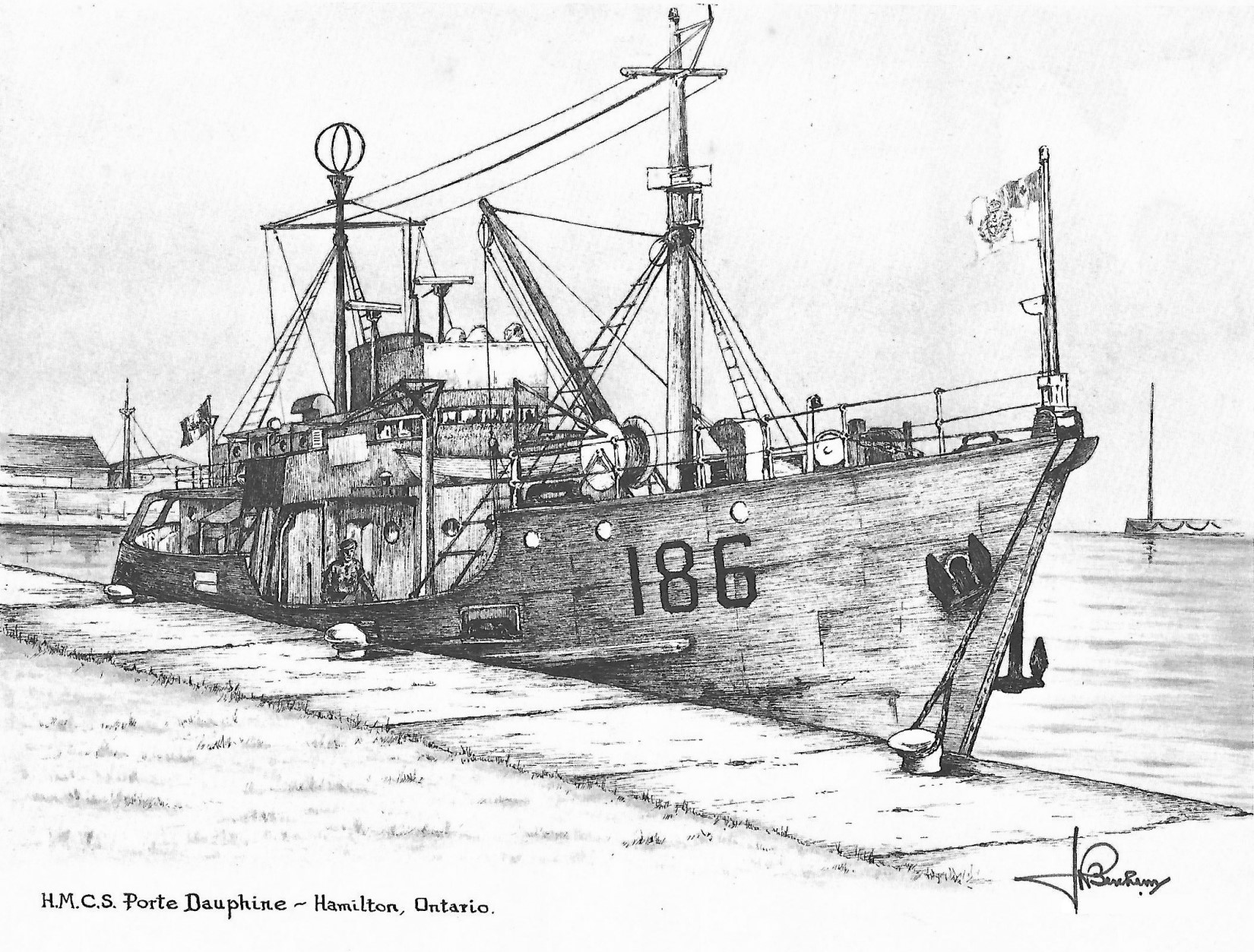“The Gates” at Our Gates: F.R. (Hamish) Berchem and the Role of the Eastern Based Porte-class Gate Vessels after Canadian Armed Forces Unification
DOI:
https://doi.org/10.25071/2561-5467.998Keywords:
Canadian Naval Reserve, F.R. Berchem, Porte-class gate vessels, Canadian Armed Forces unification, trainingAbstract
Faced with near extinction after the unification of the Canadian Armed Forces in 1968, the Naval Reserve community had to prove its relevance in the era of nuclear missile exchange. A few officers took it upon themselves to demonstrate that the Naval Reserve could make significant contributions to the sea defence of Canada. The main training sea going platforms were the dowdy trawler designed Porte-class gate vessels. Referencing, primarily, the extensive fonds of the officer in charge, a naval reservist, Commander F.R. Berchem, this article chronicles the sea going training and operations of the gate vessels on the East Coast and Great Lakes from 1971 to 1975. The work of like-minded reserve commanders and their crews in the gate vessels was vital in preserving the sea-going capability of the citizen sailors of Canada during this difficult decade.
Confrontée à la quasi-disparition après l’unification des Forces armées canadiennes en 1968, la communauté de la Réserve navale a dû se montrer pertinente à l’ère des échanges de missiles nucléaires. Quelques officiers ont pris l’initiative de prouver que la Réserve navale pouvait contribuer de façon importante à la défense maritime du Canada. Les principals plateformes de formation océaniques étaient les bâtiments de barrière de la classe Porte conçus comme chalutiers peu élégants. S’appuyant principalement sur le vaste fonds du commandant F.R. Berchem, officier responsable et member de la Réserve navale, cet article relate la formation et les opérations en haute mer des bâtiments de barrière sur la côte Est de 1971 à 1975. Les travaux des commandants de la Réserve et de leurs équipages à bord des bâtiments de barrière étaient indispensables au maintien de la capacité océanique des citoyens marins du Canada au cours de cette décennie difficile.
References
Blackman, Raymond. Jane’s Fighting Ships 1956-57. London: Sampson Low, 1956.
Ferguson, Julie H. Through a Canadian Periscope: The Story of the Canadian Submarine Service. Toronto: Dundurn, 2014.
Hadley, Michael. “The Impact of Public Policy on a Naval Reserve Division.” In RCN in Retrospect, 1910-1968, ed. J. Boutilier (Vancouver: University of British Columbia, 1982), 308-316. DOI: https://doi.org/10.59962/9780774857741-021
Holloway, Richard. “The Quest for Relevance.” In Citizen Sailors: Chronicles of Canada's Naval Reserve, eds. Richard Gimblett and Michael Hadley. Toronto: Dundurn, 2010).
Lackenbauer, P. Whitney (with Stéphane Roussel and Magalli Villierme). A History of the Canadian Rangers of Quebec: 2nd Canadian Ranger Patrol Group. North American and Arctic Defense and Security Network, 2022.
Lackenbauer, P. Whitney. The Canadian Rangers: A Living History. Vancouver: University of British Columbia Press, 2013. DOI: https://doi.org/10.59962/9780774824545
Létourneau, H. “Hamish Berchem: Keeping the flame burning.” Starshell 83 (Summer 2018).
Milner, Marc. Canada’s Navy: The First Century. Toronto: University of Toronto Press, 1999.
Newman, P.C. True North, not strong and free. Toronto: McClelland and Stewart, 1983.

